Harvesting Cannabis Seeds
Harvesting cannabis seeds and making cannabis seeds seems like a simple job. You just put a male and female plant next to each other and nature does the rest. In itself, this story is completely true but this way you get only ordinary regular seeds. Making premium quality cannabis seeds involves a lot more, of course. Before you can make a batch of stable and vital cannabis seeds, a long process of crossing and selecting is needed to get to the Dutchfem F7 quality. How to do that we explained earlier in this blog: https://www.dutchfem.com/stabilized-cannabis-strains/
But as is true for cannabis buds, once you have made them, cannabis seeds also need to be harvested at some point. In this blog we explain how to ripen, harvest, dry, select and store cannabis seeds. These are all important parts of making good and healthy Cannabis seeds, which we have invested time in for years to arrive at the premium quality seeds Dutchfem Seeds offers here in our webshop. Now if you want to start growing and smoking your own tasty weed soon, you should choose one of our feminised strains that suits you best. Should you (in addition) also want to make your own strain and/or seeds, then it’s best to start this long journey with one of our regular strains. Either way, we wish you lots of growing fun!
- Part 1: The Process of Seed Maturation in Cannabis
- Part 2: Drying of Cannabis Seeds After Harvest
- Part 3: Sorting the Seeds for Viability
- Part 4: Creating a “Wintersleep” for Cannabis Seeds to Improve Viability
- Part 5: Proper Storage of Cannabis Seeds
- Part 6: Label the Seeds for Easy Identification
- Part 7: Long-Term Viability of Cannabis Seeds

Part 1 Harvesting cannabis seeds: The Process of Seed Maturation in Cannabis
After the pollination of the mother cannabis plant, a crucial process begins that leads to the development and maturation of seeds. Pollination marks the beginning of seed development, and over the next several weeks, the seeds evolve through distinct stages. From fertilization to maturation, this process takes approximately 4 to 6 weeks, and each phase plays a vital role in ensuring the seeds are viable for future cultivation.
Pollination: The Beginning of Seed Formation
Pollination is the key starting point for cannabis seed production. This occurs when pollen from a male cannabis plant reaches the pistils of a female plant, leading to fertilization. In the wild, wind or insects carry pollen from the male plants to the female plants, but in controlled cultivation settings, growers may manually pollinate female plants to ensure successful seed production.
Once pollination occurs, fertilization takes place within the plant’s flowers. The pollen grains fuse with the ovules inside the female plant’s calyxes, initiating the seed development process. The fertilized ovule begins to undergo cellular division and eventually starts to form a seed. This process is significant because it ensures the continuation of the species and the genetic diversity of cannabis plants.
Pollination not only signals the plant to begin forming seeds but also shifts its energy away from producing resinous buds intended for consumption. Instead, the plant focuses on the production of seeds, which will carry the genetic material for future generations of cannabis plants. At this stage, the mother plant is transitioning from producing cannabinoid-rich flowers to housing the seeds that will eventually be harvested.
Seed Development: A Step-by-Step Breakdown
Following pollination, seed development takes place over the next 4 to 6 weeks. This process can be broken down into several stages:
Weeks 1-2: Early Seed Formation
In the first two weeks after pollination, the fertilized ovules inside the calyxes begin transforming into immature seeds. During this period, the seeds are soft and delicate, consisting mostly of cellular material that is rapidly dividing. These early-stage seeds are typically white or light green in color, and they lack the hard outer shell that characterizes mature seeds.
At this stage, it’s essential for the grower to maintain optimal growing conditions, including proper light, temperature, and humidity, to support healthy seed development. Premature disturbance of the plant could negatively impact seed formation, so growers should allow the plant to proceed undisturbed during this critical period.
While the seeds are not yet viable for planting during these initial weeks, their development is critical for setting the foundation for maturation in the weeks to come.
Weeks 3-4: Hardening and Color Change
By the third and fourth weeks after pollination, the seeds undergo a visible transformation. The previously soft and pale seeds begin to harden and take on darker hues, shifting from green to shades of brown, gray, or black. Some seeds may even develop distinct patterns or stripes, a characteristic that indicates healthy maturation.
During this phase, the outer shell of the seed forms, providing a protective barrier for the genetic material housed within. The seed’s hard shell is essential for long-term viability and ensures that the seed can survive various environmental conditions before it germinates. Seeds that fail to develop this outer shell may not survive storage or transport and are less likely to germinate successfully.
The hardening of the seed coat is a critical sign that the seed is nearing maturity, and growers should continue to monitor the plant for signs of full maturation.
Weeks 5-6: Full Maturation
In the final weeks, weeks 5 to 6, the cannabis seeds reach full maturity. At this point, the seeds are completely hardened, and their color has darkened to the final shades of brown or gray, often with speckles or stripes. The mature seeds are firm to the touch and exhibit a glossy or slightly shiny appearance.
Growers can test for seed maturity by gently squeezing the seeds between their fingers. Fully mature seeds should be firm and resistant to pressure; soft or brittle seeds are likely immature or damaged and may not germinate effectively. Seeds that are ready for harvesting will easily separate from the plant when lightly brushed, another indicator that the seeds are ripe for collection.
Harvesting cannabis seeds: Importance of Full Seed Maturation
Allowing cannabis seeds to fully mature before harvesting is crucial for ensuring their viability. Premature seeds, which are pale, soft, and underdeveloped, often fail to germinate or produce healthy plants. These seeds may also have a reduced shelf life and are more susceptible to damage during storage.
By waiting until the seeds have fully matured—usually around 6 weeks after pollination—growers can maximize the likelihood of successful germination and future plant development. For breeders, ensuring full maturation of seeds is particularly important for preserving the genetic traits of specific strains, which can then be propagated in subsequent generations.
In conclusion, the maturation process of cannabis seeds is a meticulous and time-sensitive task that requires patience and attention to detail. From the moment of pollination, the seeds begin their journey towards becoming the next generation of cannabis plants, passing through critical developmental stages over the course of 4 to 6 weeks. Proper care during this period ensures that the seeds will be healthy, viable, and capable of producing strong plants in the future.
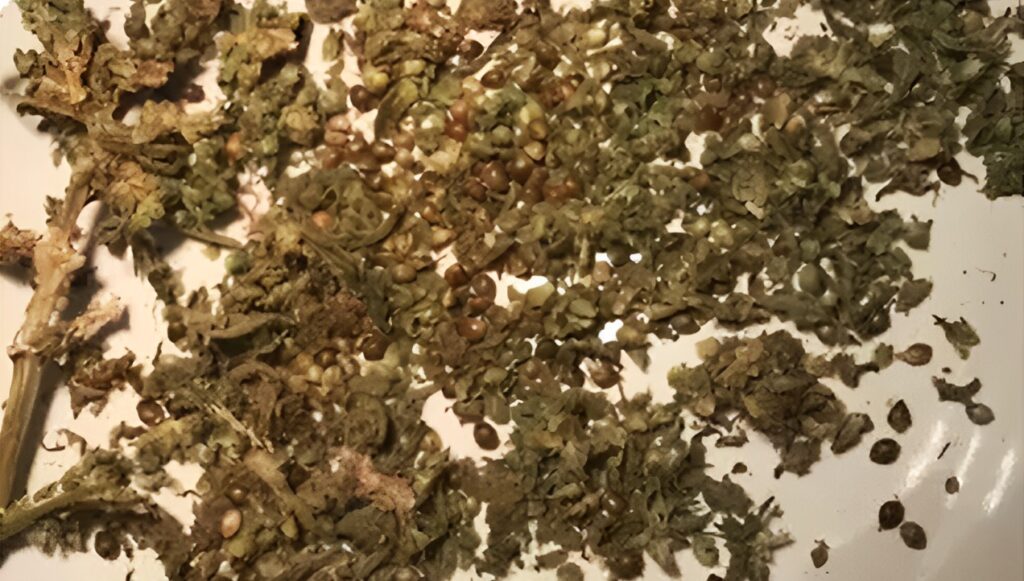
Part 2 Harvesting cannabis seeds: Drying of Cannabis Seeds After Harvest
After harvesting cannabis seeds, careful post-harvest handling is essential to ensure that the seeds remain viable for future use. Without proper care, the seeds can become prone to mold, moisture damage, or premature germination. To avoid these issues and maintain the quality of your seeds, you should follow a few critical steps, starting with drying and proper storage.
1. Drying the Seeds
The first step after harvesting cannabis seeds is to gently dry them. Drying is crucial because freshly harvested seeds may still contain residual moisture, which can lead to mold growth or other problems during storage. Mold can ruin an entire batch of seeds, rendering them unusable for future planting, so ensuring that the seeds are sufficiently dried is key to maintaining their viability.
To properly dry your seeds, spread them out in a cool, dark, and well-ventilated area. A gentle airflow is beneficial, but avoid strong winds or direct exposure to air conditioning or fans, as this could dry the seeds too quickly and cause cracking. Over the next 1 to 2 weeks, the seeds will gradually lose moisture while hardening their outer shell.
It’s important to avoid direct sunlight during the drying process. Sunlight can raise the temperature of the seeds, which could trigger premature germination or degrade the seed’s viability. High humidity should also be avoided, as it can slow down the drying process and increase the risk of mold development. Maintaining a low-humidity environment ensures that the seeds dry evenly and safely.
After the seeds have dried for 1 to 2 weeks, they should feel firm to the touch and show no signs of softness or moisture. You can test the seeds by lightly pressing them between your fingers; properly dried seeds should not give under pressure.

Part 3 Harvesting cannabis seeds: Sorting the Seeds for Viability
After drying, the next critical step in preserving cannabis seeds is to sort them carefully. Proper sorting ensures that only the healthiest, most viable seeds are stored for future use. This step is essential because not all seeds that are harvested will be fully developed or suitable for germination. By removing immature or damaged seeds, you maximize the chances of successful germination and robust plant growth when the seeds are eventually planted.
Identifying Mature and Viable Seeds
Mature cannabis seeds have certain distinguishing characteristics that set them apart from immature or unhealthy ones. Healthy seeds typically exhibit the following traits:
- Color: Mature seeds are usually dark brown, gray, or even black. Many have distinctive stripes or mottled patterns on their outer shell, though not all strains display these markings.
- Hardness: Viable seeds are hard to the touch and resistant to pressure. When you gently squeeze a mature seed between your fingers, it should feel firm and solid. If a seed cracks or feels soft, it is likely immature or damaged.
- Size and Shape: While seed size can vary depending on the strain, mature seeds tend to be plump and round. Seeds that are misshapen or particularly small may not be fully developed.
On the other hand, immature seeds are usually lighter in color, often pale green or whitish. These seeds are softer and more prone to cracking or crushing when handled. Immature seeds have a lower likelihood of germinating successfully and should be separated from the healthy ones.
Removing Debris and Plant Matter
During the harvesting process, some plant matter—such as dried leaves, calyxes, or stems—may be collected along with the seeds. It’s important to remove any debris from the batch to ensure clean and healthy storage. Foreign plant material can retain moisture, potentially leading to mold or fungal growth, which can harm the seeds during storage.
To clean the seeds, gently sift them through your fingers, discarding any non-seed material. You can also use a fine mesh screen to help separate smaller bits of debris from the seeds.
Quality Control for Future Use
By carefully sorting your cannabis seeds, you are essentially performing a quality control check. This process ensures that only the best seeds—those with the highest potential for germination and healthy growth—are kept for future use. While it may seem tempting to save all seeds, it’s more efficient to focus on the viable ones. Damaged or immature seeds are more likely to result in weak plants or poor yields, making them less desirable for growers looking to optimize their crop.
Once the seeds have been sorted, they are ready for storage in a cool, dark place where they can remain viable for years, ensuring that your next cultivation cycle begins with the strongest genetic potential.

Part 4: Creating a “Wintersleep” for Cannabis Seeds to Improve Viability
After harvesting cannabis seeds, one technique that can significantly improve their viability and long-term storage potential is creating a “wintersleep” or cold stratification. This process mimics the natural winter cycle many seeds undergo in the wild, helping to induce dormancy and preserve their viability for future germination. By gradually exposing seeds to cold temperatures in a controlled manner, growers can enhance seed durability and ensure they remain ready to sprout when conditions are optimal.
What is a “Wintersleep”?
In nature, cannabis seeds are often exposed to cold conditions during the winter months, which helps prepare them for germination in the spring. This cold period triggers a dormancy phase, allowing the seeds to endure harsher environmental conditions while preserving their genetic integrity. By replicating this process artificially, you can create a “wintersleep” for your freshly harvested seeds, enhancing their ability to survive storage and germinate effectively later on.
Steps to Create a “Wintersleep” for Cannabis Seeds
- Gradual Cooling: To mimic the natural transition into winter, you should cool the seeds gradually rather than exposing them to freezing temperatures immediately. Begin by placing the seeds in an airtight container, such as a glass jar or plastic container, and store them in a cool, dark area, such as a basement or a cupboard. Allow the seeds to acclimate to cooler temperatures over the course of several days.
- Refrigeration: After a few days of cooling, transfer the container to a refrigerator set to a temperature between 39°F and 50°F (4°C and 10°C). This temperature range is ideal for inducing dormancy without harming the seeds. Avoid placing seeds in the freezer, as freezing can damage the cellular structure of the seeds and reduce their viability.
- Add a Desiccant: Since moisture can be detrimental to seeds during cold storage, include a desiccant, such as a silica gel packet, inside the container. The desiccant absorbs any excess moisture that might condense in the cold environment, ensuring the seeds remain dry and free from mold.
- Duration of Cold Stratification: The “wintersleep” process typically lasts 2 to 4 weeks in the refrigerator, though some growers prefer to extend this period for up to 3 months for specific strains. During this time, the seeds remain dormant but are protected from environmental fluctuations.
Benefits of Creating a “Wintersleep”
- Improved Viability: By simulating a natural winter dormancy period, seeds are conditioned to remain dormant and viable for longer periods. This process can help improve germination rates, especially for seeds stored long-term.
- Enhanced Resistance: Cold stratification helps seeds develop a natural resistance to environmental stressors, making them more resilient when they are eventually planted.
- Prolonged Storage Life: Seeds that undergo a “wintersleep” tend to last longer in storage, allowing growers to preserve their genetics for several years without a significant decrease in germination potential.
Post-“Wintersleep” Care
Once the stratification period is complete, you can remove the seeds from the refrigerator and store them in a cool, dark place until you’re ready to plant them. Alternatively, you can germinate them directly after stratification. The process of gradually warming the seeds before planting will help signal that it’s time for growth, just as spring temperatures would in nature.
By creating a “wintersleep,” growers can optimize the longevity and vitality of their cannabis seeds, ensuring they remain healthy and ready for future cultivation.

Part 5 Harvesting cannabis seeds: Proper Storage of Cannabis Seeds
Once you’ve sorted and prepared your cannabis seeds, proper storage is essential to maintain their viability for future planting. Storing seeds correctly ensures they remain dormant and healthy, preventing premature germination or damage caused by moisture, light, or temperature fluctuations.
Choosing the Right Container
To store cannabis seeds effectively, you need to use an airtight container. Glass jars, such as mason jars, are often the best choice because they are impermeable to moisture and air. High-quality plastic containers or resealable vacuum-sealed bags can also work, though glass is generally preferred for long-term storage due to its stability and resistance to external conditions.
The key is to ensure that the container is sealed tightly. Exposure to air can lead to fluctuations in humidity and temperature, which may degrade the seeds or cause mold to form. A well-sealed container helps keep the environment consistent, protecting the seeds from damage.
Controlling Moisture Levels
Even small amounts of moisture can be detrimental to stored cannabis seeds, leading to mold or premature germination. To mitigate this risk, it’s important to include a desiccant in the storage container. A silica gel packet, commonly found in product packaging, works well for this purpose. Silica gel absorbs excess moisture, maintaining a dry environment inside the container.
Make sure the desiccant doesn’t directly touch the seeds by placing it at the bottom of the container or using a small barrier. This simple step helps to regulate humidity and keeps the seeds safe over the long term.
Storage Location
Store the container in a cool, dark place—such as a refrigerator, cool basement, or cupboard—where temperature and light levels remain stable. Properly stored cannabis seeds can remain viable for several years, preserving their potential for future cultivation.

Part 6 Harvesting cannabis seeds: Label the Seeds for Easy Identification
Proper labeling of cannabis seeds is an essential step in maintaining an organized and efficient storage system. Once the seeds have been dried, sorted, and prepared for storage, labeling the container ensures that you can easily identify the seeds in the future, preserving crucial information about their origin and characteristics.
Key Information to Include on Labels
- Strain Name: Write the name of the strain or variety of the cannabis plant from which the seeds were harvested. This is important, especially if you are storing multiple strains, as different strains can have distinct growth patterns, flowering times, and cannabinoid profiles.
- Date of Harvest: Include the date when the seeds were harvested. Knowing the age of your seeds helps track their viability over time. Cannabis seeds generally remain viable for several years when stored properly, but knowing their age helps determine when they may need to be planted.
- Additional Details: You can also include other useful information, such as the parent plants used for breeding, any specific growing conditions (e.g., indoor vs. outdoor), or unique characteristics of the seeds (e.g., auto-flowering or photoperiod).
Benefits of Labeling
Properly labeled seeds help ensure that you avoid confusion when planting in the future, especially if you have different strains stored together. Labeling also helps you keep track of seed viability and genetic traits, making it easier to plan your next cultivation cycle. With clear and organized labels, you can maintain a systematic approach to growing your cannabis plants.
Part 7 Harvesting cannabis seeds: Long-Term Viability of Cannabis Seeds
Proper storage is crucial for maintaining the long-term viability of cannabis seeds. When kept in optimal conditions, these seeds can remain viable for several years, allowing growers to plan for future cultivation without immediate pressure to plant. However, understanding the factors that influence seed viability is essential for maximizing their lifespan.
Ideal Storage Conditions
The longevity of cannabis seeds largely depends on how they are stored. Temperature, humidity, and light are three critical factors that can significantly affect seed viability. As discussed in previous sections, seeds should be stored in an airtight container in a cool, dark place, ideally at temperatures between 39°F and 50°F (4°C and 10°C). High humidity levels can lead to mold or premature germination, while exposure to light can degrade the seed’s genetic material over time. Therefore, using a desiccant like silica gel can help maintain low humidity levels inside the container.
Recommended Timeframe for Use
For best results, it’s advisable to use cannabis seeds within 2 to 3 years of harvest. During this timeframe, seeds are most likely to exhibit high germination rates and produce healthy plants. However, with ideal storage conditions, some seeds may remain viable for 4 to 5 years or even longer, depending on the strain and genetic factors. Over time, the chances of germination may decline, but many seeds can still sprout even after several years if properly stored.
Signs of Declining Viability
As seeds age, it’s essential to monitor their viability. Signs of declining viability include softness, discoloration, or damage to the seed coat. Before planting older seeds, it can be helpful to conduct a germination test by planting a small batch to see if they sprout. This simple test can help assess their viability and determine if you should proceed with planting or consider acquiring fresher seeds.
In summary, when stored correctly, cannabis seeds can provide a long-term resource for growers. Proper care and attention to storage conditions will ensure that your seeds remain viable for years, enabling you to cultivate high-quality cannabis plants whenever you choose.
The BIG 5: The various cannabis seeds
Understanding Cannabis Seeds: Quality Indicators and Misconceptions
What is the best way to store cannabis seeds?
Harvesting cannabis seeds video
Germinating cannabis seeds video




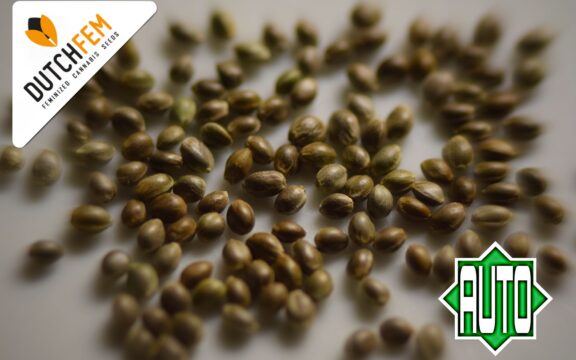
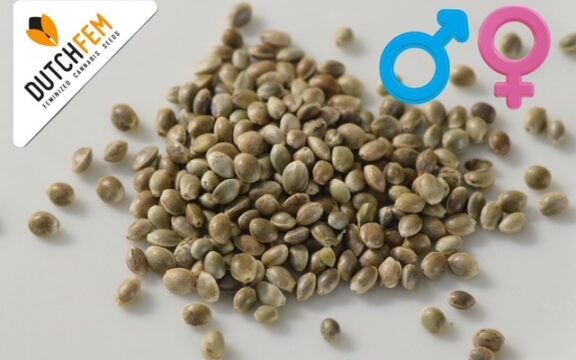
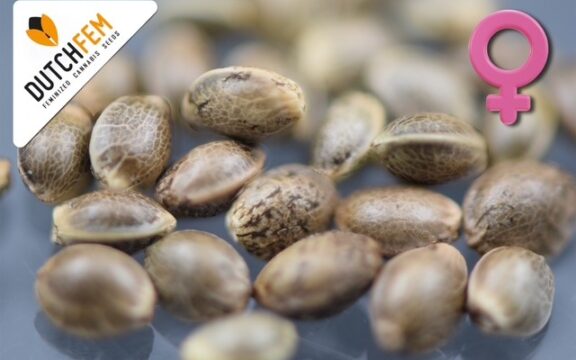


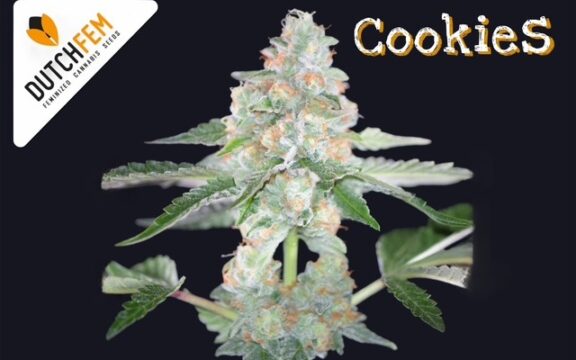










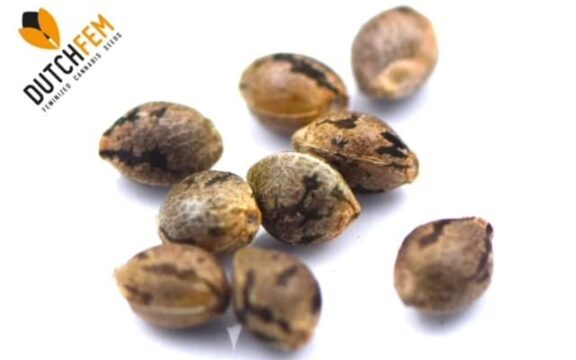


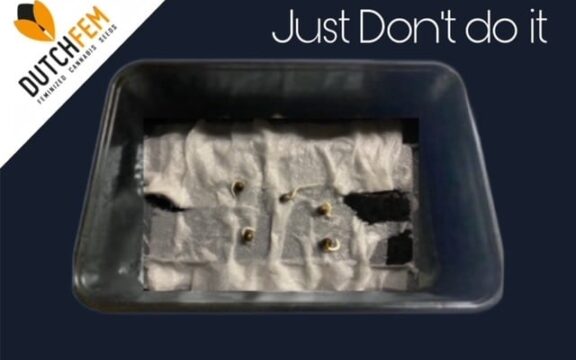
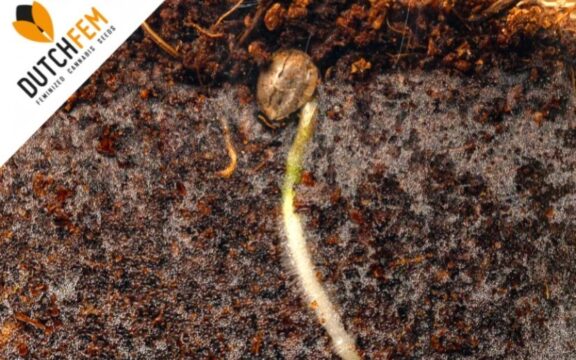






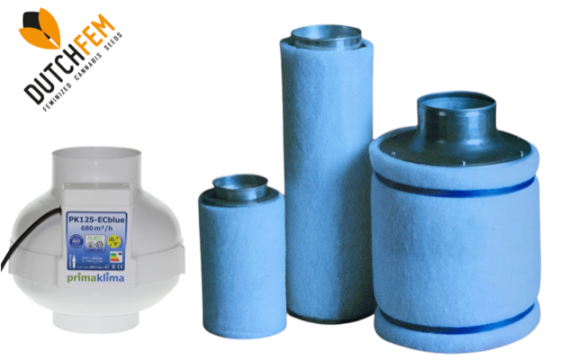






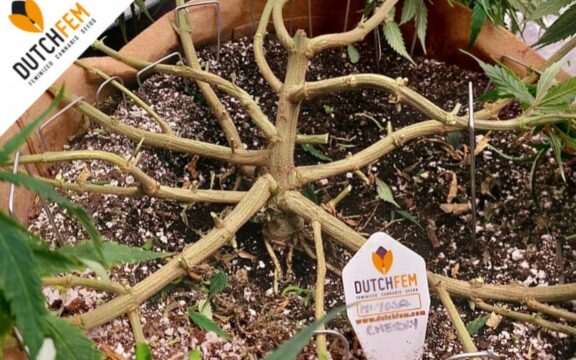




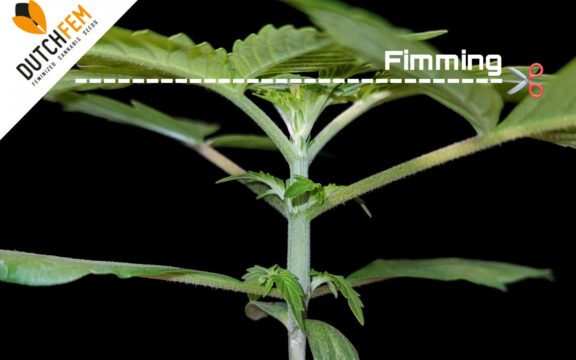

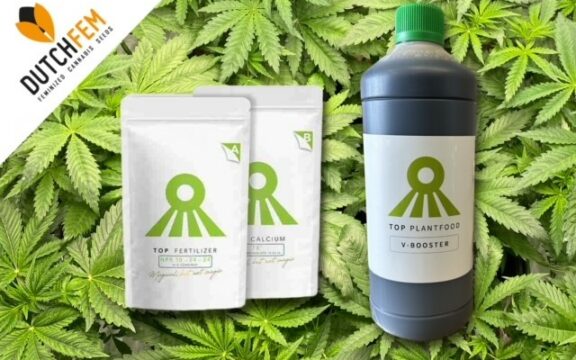


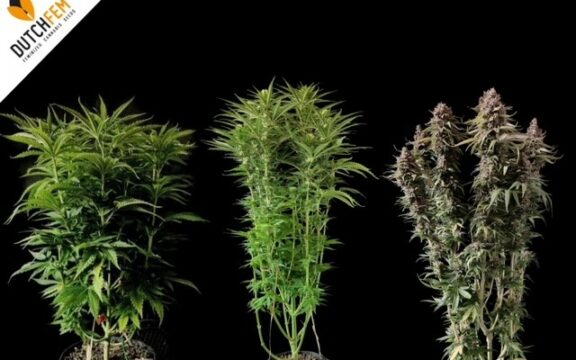





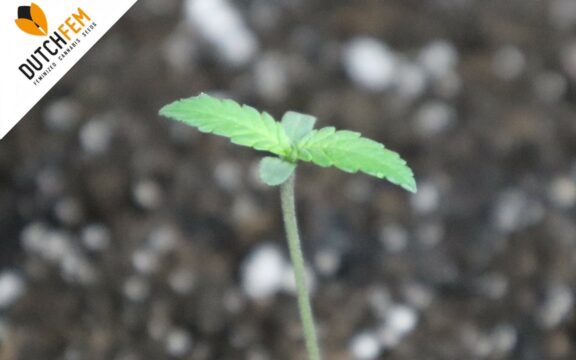

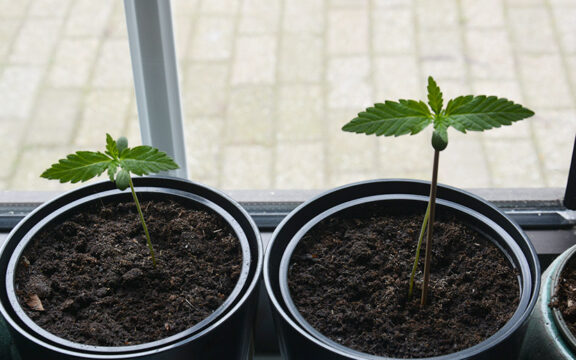
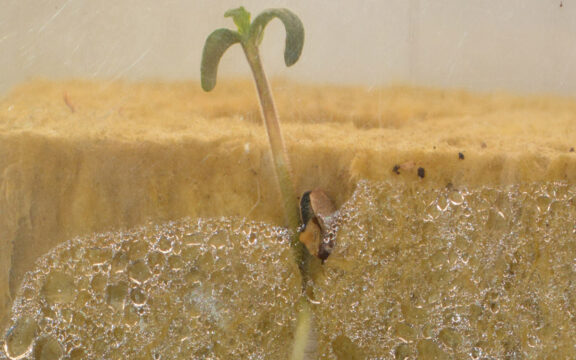




You must be logged in to post a comment.